In strength training, your grip is of paramount importance. After all, if you lose your grip, you won’t be able to lift the weight. Some people turn to lifting straps to help them grip more securely which is an effective solution but one that doesn’t address the problem of having weak hands. There are, however, two more solutions: chalk and gloves.
Chalk
Weightlifters, gymnasts, rock climbers, and other athletes use chalk (specifically magnesium carbonate) to help soak up sweat for a better grip. Chalk comes in solid blocks or powder form although there are some “liquid” chalk preparations that you paint on to your hands for the same purpose.
Chalk is cheap and allows you to maintain close contact with the weights you are lifting – something that some lifters value.
Depending on how sweaty your hands are, you’ll probably need to apply a later of chalk at the start of each set. For many, this is a ritual that helps them to “get into the zone” before a big lift.
While using chalk is undoubtedly a good way to enhance your grip, it is not without disadvantages. For a start, it’s pretty messy stuff and some gyms may not allow the use of chalk. If a fan is blowing, the light, white powder blows everywhere and you’ll also end up leaving chalky handprints on everything you touch. There are, however, non-marking eco-chalks available that are much less messy but even those will leave some residue behind.
You’ll also need to transport your chalk to and from the gym as most gyms do not supply it. However, if your chalk container explodes in your gym bag, you’ll be cleaning the snowy residue up for weeks to come.
Chalk does not protect your hands from callouses or blisters. If you would rather have soft, un-calloused hands, chalk won’t be much help.
Chalk is the traditional remedy for sweaty hands and will definitely enhance your grip but doesn’t offer much protection if you want to keep your hands soft and smooth. You’ll also need to consider the potential inconvenience and mess and if your gym will even allow you to use it.
Training gloves
Many exercisers wear short-fingered training gloves when strength training. Looking very much like cycling gloves, training gloves come in a variety of styles and materials and some even have built in wrist wraps for added support.
Gloves are a divisive subject in strength training – some people love them while others hate them. Opposing opinions aside, they can certainly help fix your grip problems.
Weight training gloves absorb sweat and provide a good non-slip barrier between your hands and the bar. Some even have special non-slip pads to further enhance grip. This does mean, however, that weight training gloves can become waterlogged during an intense workout and often become very smelly over time. Washing will help but, ultimately, your gloves will need to be replaced from time to time.
Training gloves also provide a layer of protection between the bar and your hands which will enhance comfort and prevent callouses and blisters; good news if you don’t want rough, tough hands.
On the downside, if the underside of a glove is too thick, it effectively increases the diameter of the bar you are gripping. This could actually reduce grip strength despite ridding you of the problem of sweaty hands.
Also, some lifters complain that having direct contact with the bar may give you less sensory awareness, reducing exercise performance. Gloves are also not allowed in powerlifting and weightlifting.
Training gloves are popular because they work and will definitely help overcome the problem of sweaty hands while also providing protection from callouses. However, some people will miss the direct contact between skin and barbell.
If you want to enhance your grip but do not want to resort to using lifting straps, gloves and chalk will definitely help. Which is better? That’s down to your personal preference. Why not try both for a few months and then decide? Each option offers benefits and drawbacks but, ultimately, the one you like best is probably the right choice for you.

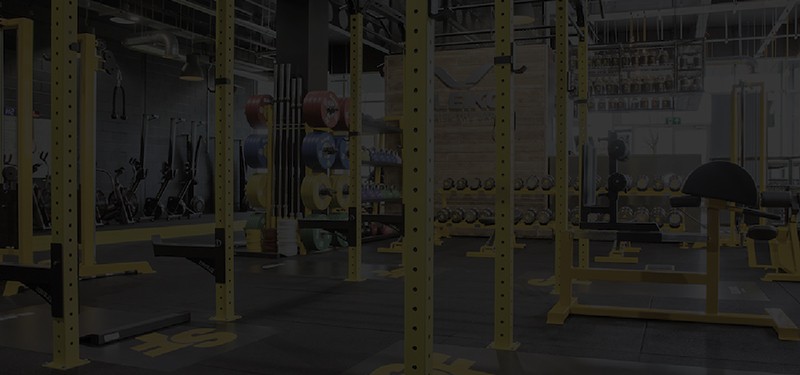
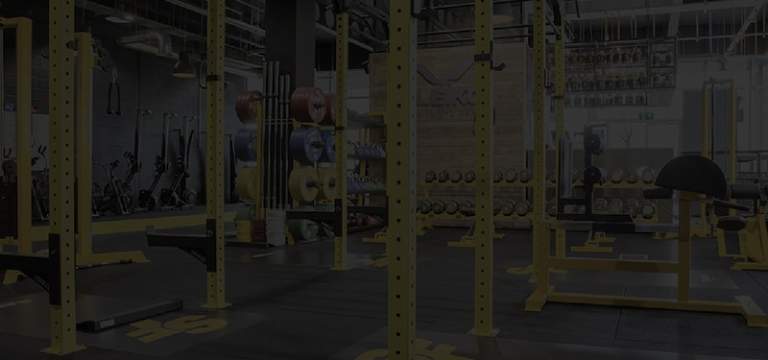

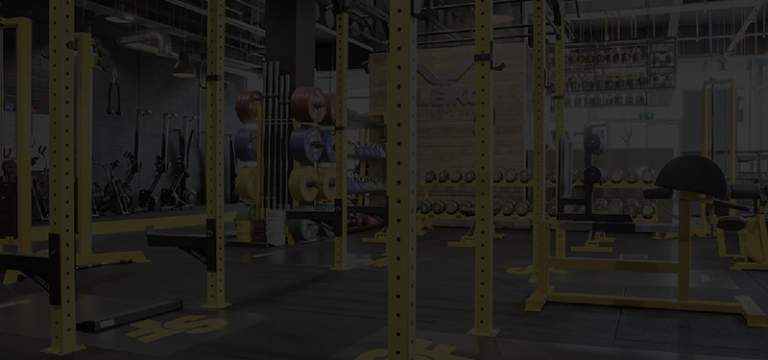

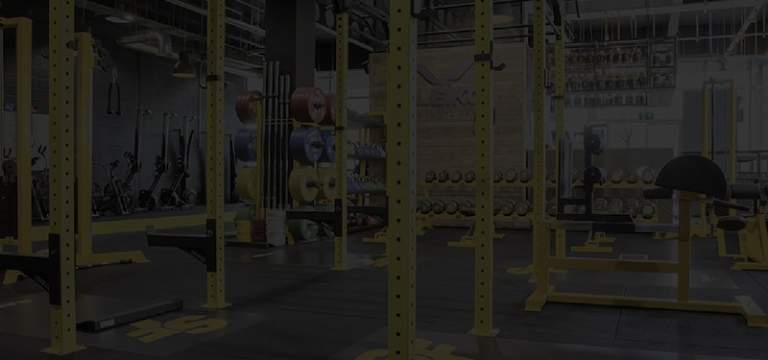

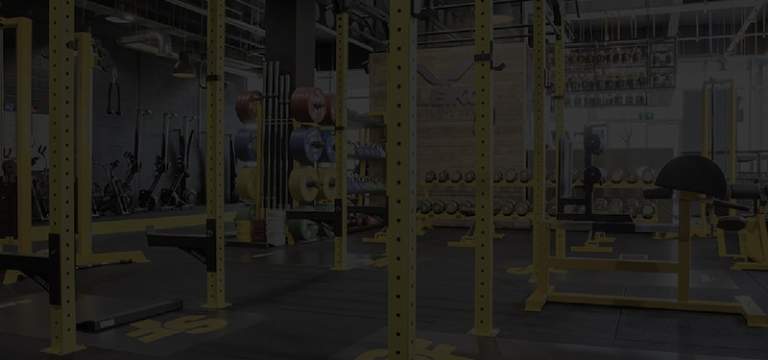

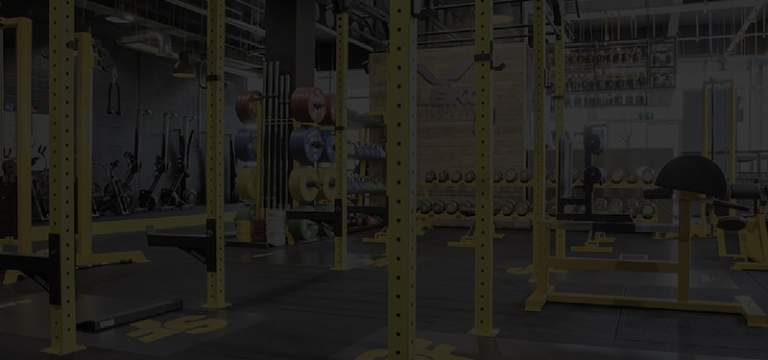
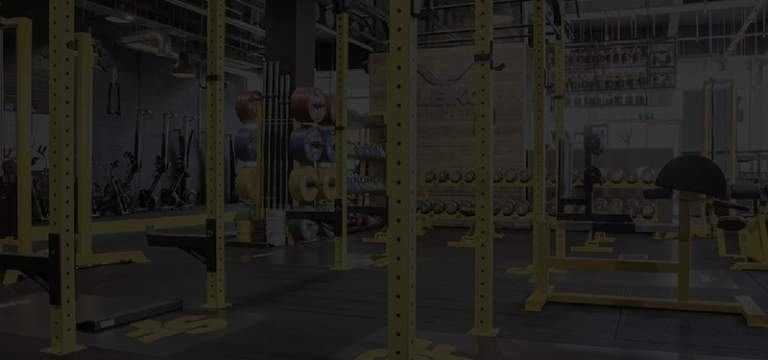
2 Comments
Comments are closed.